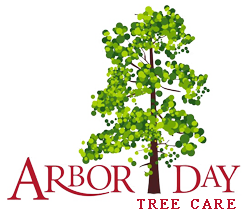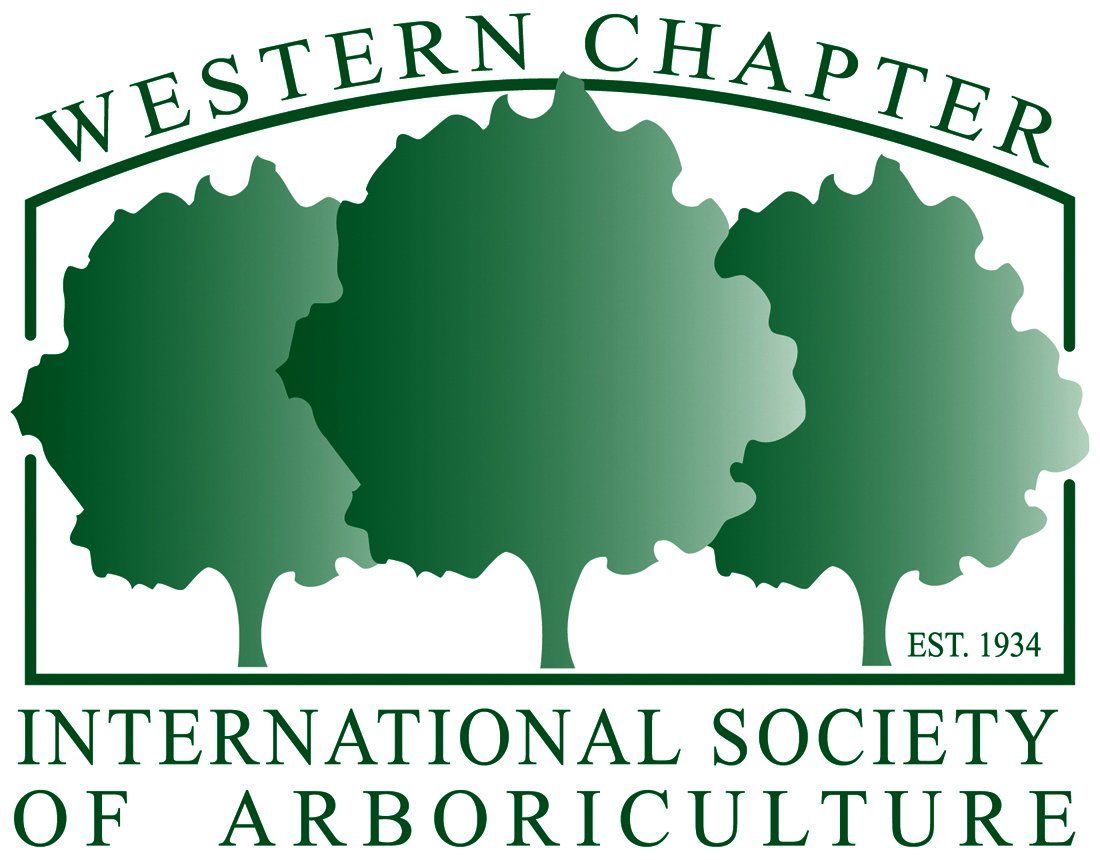Protect Your Home From Wildfires
Defensible space refers to the buffer zone established between your property and any surrounding wooded areas that could be susceptible to wildfires. It is very important to establish a proper defensible space, as it’s key to controlling the spread of wildfires and keeping embers, flames, and heat away from your property. Finally, it provides firefighters with a safe place from which to try and put out the wildfire.
Defensible Space Zones
A defensible space is divided into three zones: Zone 0, Zone 1, and Zone 2. Each carries its own specific set of guidelines.
Zone 0 (Ember-Resistant Zone) - This zone extends 5 feet out from your property. While there is no legal requirement for this zone, it does have a set of guidelines.
● Use gravel, pavers, and concrete whenever possible in this zone rather than combustible materials such as mulch.
● Be sure to keep the zone clear of dead vegetation, checking the roof, gutters, and any other outdoor areas that see growth.
● Trim tree branches to at least 10 feet away from chimneys and stovepipes.
● Try to leave any combustible items on the deck, such as furniture and planters.
● Move any firewood to Zone 2.
● Use fire-resistant materials when constructing fences and gates.
● Move garbage and recycling bins outside of the zone, as well as vehicles and boats.
Zone 1 (Lean, Clean, and Green Zone) - This zone extends 30 feet out from your property.
● Keep the zone clear of dead plants, grass, weeds, leaves, and pine needles from the zone, including on your roof, in your gutters, and underneath decks, balconies, and stairs.
● Keep overhanging branches trimmed at least 10 feet away from chimneys and other trees.
● Move wood piles to Zone 2.
● Keep shrubs and plants well-pruned that are near windows.
● Maintain plenty of space between flammable items.
● Keep 10 feet of space for outbuildings and LPG tanks to bare soil. Additionally, do not plant any flammable vegetation at least 10 feet around them.
Zone 2 (Reduce Fuel Zone) - This zone extends from 30 feet to 100 feet from your property line.
● Keep all annual grass to a maximum height of 4 inches.
● Properly space out trees and shrubs horizontally.
● Properly space out grass, shrubs, and trees vertically.
● Remove excessive leaves, needles, and small branches, but up to 3 inches can be left.
● Keep wood piles that are exposed a minimum of 10 feet away from anything and down to the soil.
● Keep 10 feet of space for outbuildings and LPG tanks to bare soil. Additionally, do not plant any flammable vegetation at least 10 feet around them.
Be sure to double-check with the municipality you live in to make sure there aren’t more stringent requirements when it comes to these zones, along with your local fire department.
Proper Plant Spacing
Having the right amount of space between plants is very important in wildfire prevention. Spacing depends on factors such as type, size, and land slope. Larger plants and steeper slopes will require more space.
Vertical Spacing
● Make sure to trim tree branches that are below 6 feet from the ground.
● Allow more vertical spacing between shrubs and trees.
● Multiply the height of the shrub by 3 when determining optimal vertical space.
Horizontal Spacing
● This also depends on land slope and shrub/tree height.
Fire-Resistant Landscaping
This involves much more than simply making sure your yard and property are clear of any debris that could cause a wildfire to spread. It also involves the right plants and keeping them properly maintained. With a little planning, you could create a beautiful yard that’s also resistant to wildfires.
Arbor Day Tree Care has been serving Marin County and Sonoma County for more than 30 years. If you need help creating a defensible space around your home and property, just give us a call. We offer free estimates!





